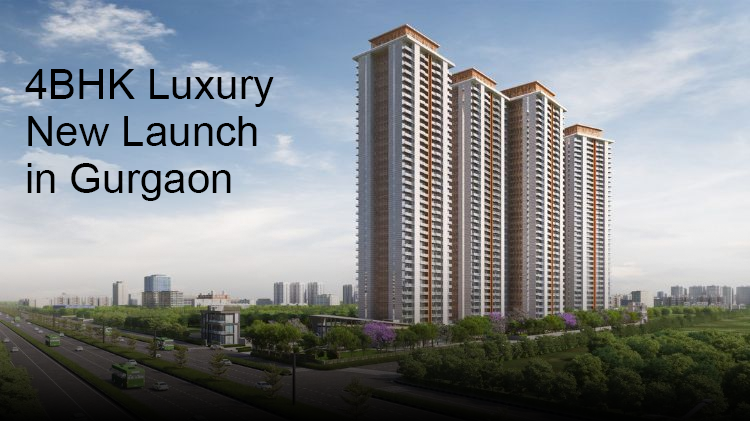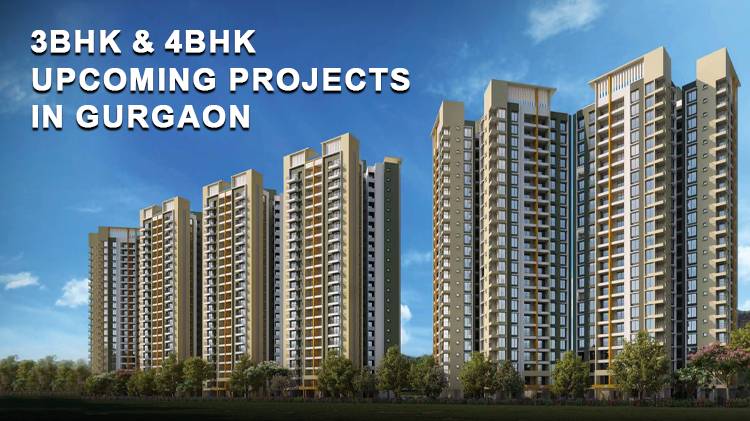
Infrastructure development is a cornerstone of urban growth, shaping cities' economic and social dynamics. In Noida, a rapidly evolving city in India's National Capital Region (NCR), infrastructure projects have been instrumental in transforming the real estate landscape. Noida’s real estate infrastructure investments have significantly influenced property values, from metro connectivity to elevated roads and public amenities. This blog delves into the multifaceted impacts of these developments on property values in Noida.
1. Infrastructure Development as a Catalyst for Real Estate Growth
It is a powerful driver of real estate appreciation. It enhances accessibility, creates opportunities for economic activities, and improves the quality of life. In Noida, the past decade has witnessed massive infrastructure investments, including underpasses, elevated roads, metro corridors, and public facilities such as stadiums and hospitals. These projects have not only improved connectivity but also boosted the city’s appeal to homebuyers and investors.
|
Metro Connectivity |
The introduction of metro lines such as the Blue Line extensions and the Aqua Line has revolutionized commuting options, making Noida more accessible to Delhi and Greater Noida. |
|
Elevated Roads |
Projects like the Chilla Elevated Road and Bhangel Elevated Road have reduced traffic congestion and enhanced mobility within the city. |
|
Public Amenities |
The development of multilevel parking facilities, hospitals, indoor stadiums, and shooting ranges has improved the city’s livability. |
2. Enhanced Accessibility and its Impact on Property Values
Accessibility is one of the most critical factors influencing property values. Noida Infrastructure projects that reduce commute times and improve mobility make neighborhoods more attractive to potential buyers. In Noida:
|
Metro Connectivity |
Properties near metro stations have seen dramatic price surges due to improved commuting options. Areas such as Sector 137, Sector 78, Sector 50, and Greater Noida West have experienced notable appreciation. |
|
Road Networks |
Elevated roads and underpasses have eased traffic flow, making areas along these routes desirable for residential and commercial investments. |
3. Increased Demand for Residential and Commercial Properties
Infrastructure development creates a ripple effect on property demand:
|
Residential Demand |
Improved connectivity attracts families seeking convenience in daily commutes. |
|
Commercial Demand |
Businesses prefer locations with easy access to transportation hubs and amenities. |
4. Prestige Associated with Modern Infrastructure
Modern infrastructure is often perceived as a symbol of prestige. Metro connectivity, well-planned neighborhoods, and elevated roads enhance the image of a city:
|
Living near metro stations or in areas with advanced infrastructure is seen as a status symbol. |
|
Such perceptions drive demand for properties in these locations, further increasing their value. |
5. Localized Impacts on Property Prices
While infrastructure development benefits the entire city, its impact varies across different areas:
|
High Impact Areas |
Underserved regions like Sector 137 and Greater Noida West have seen pronounced price growth due to new connectivity options. |
|
Moderate Impact Areas |
Well-connected sectors like Sector 62 and Sector 18 have experienced steady appreciation driven by vibrant commercial activities. |
Conclusion
Infrastructure development has undeniably transformed Noida into a thriving real estate hub. Enhanced accessibility, modern amenities, increased demand, and prestige associated with advanced infrastructure have collectively boosted property values across the city. As Noida continues to invest in its urban landscape, its real estate market is expected to sustain growth.


.png)


3 Comments